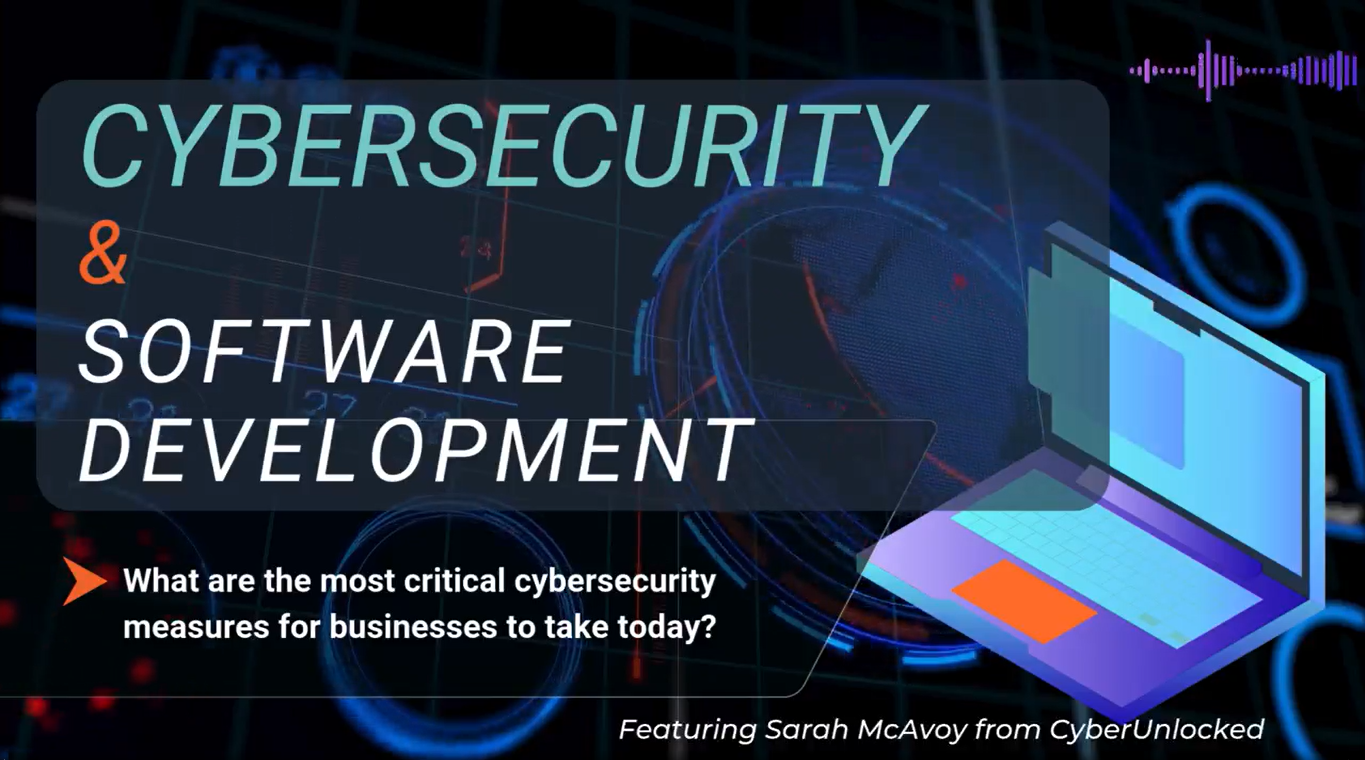Latest News
Are You Planning To Launch A Hybrid Working Model?
Are you looking into a hybrid working model for your business? Doing so can come with a lot of advantages—but you have to make sure you manage it correctly.
One of the primary lessons the COVID-19 pandemic taught the business world is the value of remote work. Thousands of businesses learned first-hand how remote work capabilities can help them tap into new talent pools and create a better work-life balance for their employees.
That’s why so many business owners are looking into a
hybrid working model as the standard for their organisation once the pandemic concludes. If you’re considering a similar arrangement for your team, make sure you do it effectively and securely.
Advantages Of The Hybrid Working Model
Regardless of when the COVID-19 pandemic is over, you need to come up with a plan of action for your business now. Will you return 100% of your staff to the office? Will you continue with remote work as you have so far? Or will you take a hybrid approach?
The remote work model offers a number of benefits that you’ve likely taken notice of over the course of the pandemic. Remote workers have seen the benefits as well:
- 77% of remote employees say
they're more productive when working from home
- 76% of employees
prefer to avoid their office completely when they need to concentrate on a project
- 98% of remote workers want to continue to work remotely (at least some of the time) for the rest of their careers
However, for all the ways remote work is beneficial to both the organisation and end-users, it’s not without its challenges.
Key Challenges Associated With Hybrid Work
When the COVID-19 crisis hit, it hit fast. Despite what, in retrospect, may have seemed like a gradual build-up, it was virtually over the course of a few days in March 2020 that businesses had to pivot to a remote work model.
Obviously, the first priority was maintaining business continuity. You needed to make sure your remote workers had the technology and the remote access necessary to do their work.
But the process doesn’t end there—security is a complicated undertaking for remote work models. In fact,
36% of organisations have dealt with a security incident due to an unsecured remote worker.
Continuing with a remote work model, whether entirely or in part, will require:
- Enhancing security measures
- Providing the right hardware for users working permanently from home
- Implementing more permanent file-sharing, collaboration, and communication tools
How To Protect Your Hybrid Business
In optimising your hybrid working model, make sure to consider the following best practices for your cybersecurity:
- Identify Risks: In order to confirm your security capabilities, you need to conduct a cyber risk assessment along with a vulnerability scan of your systems. This will help you identify potential vulnerabilities, and develop the starting blocks to a secure long-term hybrid management plan.
- Train Your Staff:
As some of your staff will be working from home, it’s more important than ever to ensure they receive proper awareness training. Without proper supervision, they are at greater risk of compromising the security of your business data or falling for phishing scams. Make sure they understand how to maintain business cybersecurity from their home office.
- Deploy Security Measures:
Your hybrid environment will require
a combination of threat monitoring, firewalls, and antivirus solutions. These defences will form a comprehensive cybersecurity posture to protect your office network as well as your employees while they work remotely.
- Follow A Zero Trust Approach: The zero trust approach to cybercrime assumes that every aspect is a potential vulnerability until it can be confirmed otherwise. That means instead of simply investing in a strong firewall and antivirus, and assuming you’re protected, every part of your IT environment and every user trying to access it is assessed for its security.
According to NIST SP 800-207:
“Zero trust security models assume that an attacker is present in the environment and that an enterprise-owned environment is no different—or no more trustworthy—than any non enterprise-owned environment.”
This means that an organisation following a zero trust security model cannot, even by default, offer any trust in any interaction in their protected systems. Risks must be continuously assessed and mitigated, and access must be continuously verified.
It’s important for business owners to understand that every potential part of their network is a target. Given the overall connected nature of the systems, compromising one part can give the cybercriminals control over the entire environment.
Need Expert Assistance Managing Your Hybrid IT Environment?
If you plan to continue with remote work in one way or another, you may need to change your model of IT support. As you and the other C-level executives at your business have likely discovered since the start of the pandemic, your ability to work remotely depends directly on your IT support.
CyberUnlocked can help—over the course of the pandemic, we’ve gained extensive experience in helping our partners to launch, optimise and secure remote work capabilities. Now that the mad rush to go remote is over, it’s time to perfect your processes, and you don’t have to do so alone.
Get in touch with the CyberUnlocked team today to get started.
More CyberUnlocked Blogs




